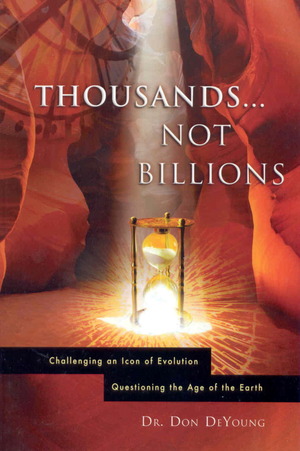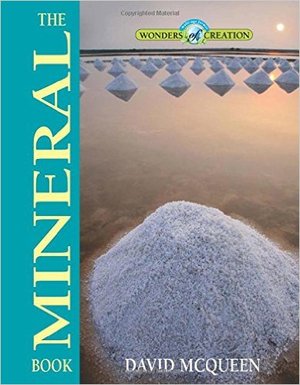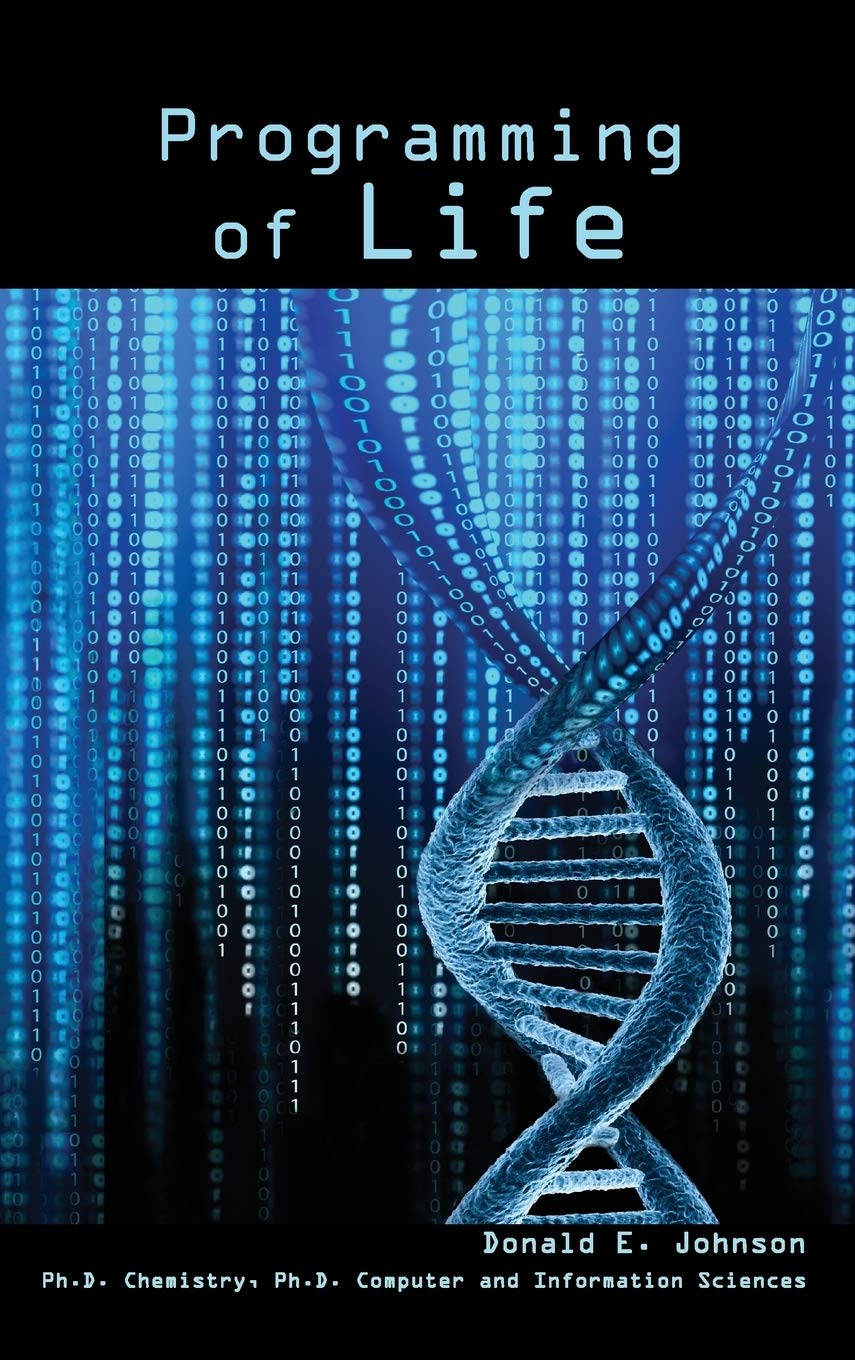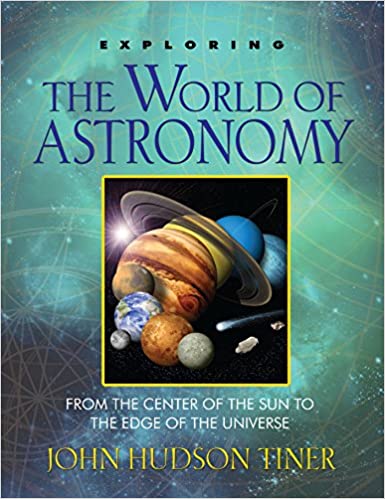As a rule, scientists seek answers. They want to answer the “why” questions. Why, for example, are plants green? Why is blood red? These are very simple queries compared to the biggies like why does quantum physics work. Nevertheless, believe it or not , we are as far from answering why chlorophyll is green, and blood cells are red, as we are from explaining quantum mechanics. Two commentators in fact recently termed the reason blood is red a “visual pun of molecular wit.” (Morrison and Morrison. 1998. Scientific American. March p. 106) The explanation for colour in chlorophyll is similarly obscure. The situation becomes even more interesting when we discover that chlorophyll and the heme component of hemoglobin are chemically extremely similar .
Both compounds are composed of four simple five member rings which consist of four carbon atoms and one nitrogen atom. When four of these pyrroles (5 member rings) are joined into a big ring, then we have a porphyrin. These compounds are highly coloure d, typically red. Except for some small side attachments composed of carbon, hydrogen and possibly oxygen, this identical porphyrin design is the basic structure both for chlorophyll and for hemin. Nevertheless the finished products display altogether dif ferent properties. One big difference in composition is the metallic atom which sits (surrounded by the four pyrroles) in the centre of the four member ring.
In the centre of chlorophyll there sits an atom of magnesium. The result is a complex salt. In the absence of light, this initial protochlorophyll stage is yellow green. In the presence of light, two hydrogen ions are quickly attached and the compound becomes grass green. Is this colour the result of the presence of the magnesium atom? The experts do not think so. They suggest that the shuffling of electrical charges (electrons) between the carbon atoms results in states that reflect yellow and green light. Thus we see a green colour. Does this explanation help us to understand why chlorophyll is green? Not really, but it sounds impressive.
Similarly the particular compound ring that we find in hemoglobin is called protoporphyrin. This chemical is purple. With an iron atom situated inside the complex ring, the protophorphyrin becomes hemin which is black. When large colourless protein molecules are attached to the hemin, our molecule now becomes hemoglobin. The shape of this molecule is such that it reflects blue light and thus appears blue. When oxygen forms a weak bond with the blue compound, an attractive red colour appears. The very large red compound is called oxyhemoglobin. It is by means of this large molecule that blood is able to carry seventy times more oxygen than its fluid component could carry in simple solution. As a result of oxyhemoglobin, people display a pleasing pinkish hue rather than an unappealing blue shade. Because of a special characteristic of hemoglobin, its ability to combine reversibly with oxygen, the cells in our bodies are provided with oxygen. It would not help if the hemoglobin carried oxygen to the cells if it were then unable to release this precious gas at the appropriate time. In the lungs, hemoglobin combines with oxygen – and then in the tissues it releases this gas. Similarly some carbon dioxide combines with hemoglobin in the tissues and this waste gas in released back to gaseous form in the lungs so that it can be exhaled from the body. It is evident that hemoglobin is basically a shuttle service for two important gases and as such it is a pretty amazing compound.
Chlorophyll, on the other hand, displays even more amazing properties. The function of this compound is to react with light. An appropriate quantum unit of light (a photon) is absorbed by the molecule. This incoming energy excites one of the electrons so much that it escapes from the mother molecule. A series of electron acceptors stand by eager to receive the electron before passing it along to the next compound in line. The result of the process is that energy is provided so that sugar can be synthesized from carbon dioxide and water. Unlike plants, we could heat and stir carbon dioxide and water forever, but we would not produce a single molecule of sugar. Plants posses a very special chemical factory. Nevertheless, without chlorophyll to harness the sun’s energy, nothing would be accomplished.
Sometimes it is fun to reflect on what God has provided in nature. Aren’t you happy that plants are a restful green colour rather than a strident red? Similarly mythical little green men might have been O.K. for Mars, but they would definitely lack appeal here. Since chlorophyll and hemin are so similar, we might have expected them to exhibit similar properties. All plants and all people might have been red, or alternatively all plants and all people might have been green. However variety is definitely more interesting. In addition we might have expected that vastly different molecules would be employed for such different end uses as we see in plants and people. However, God the creator, chose to use relatively simple and similar compounds to achieve astounding objectives. We do not understand how these diverse objectives are achieved but we do know wonderful design when we see it. So do cherish your friends and relatives, and of course, your garden plants, they are all really special.
This article first appeared in Reformed Perspective in October 1999.
Margaret Helder
October 1999
Subscribe to Dialogue







